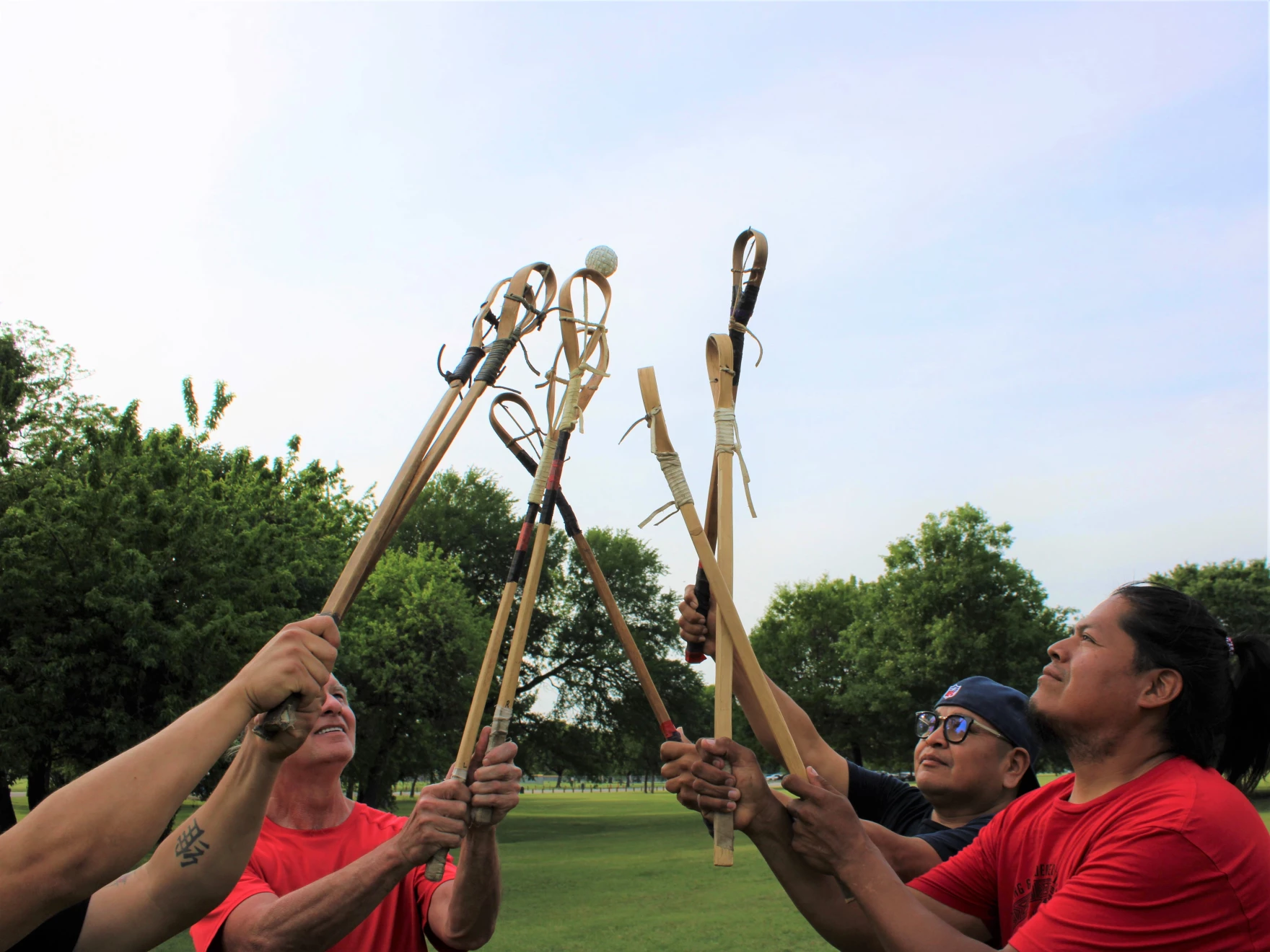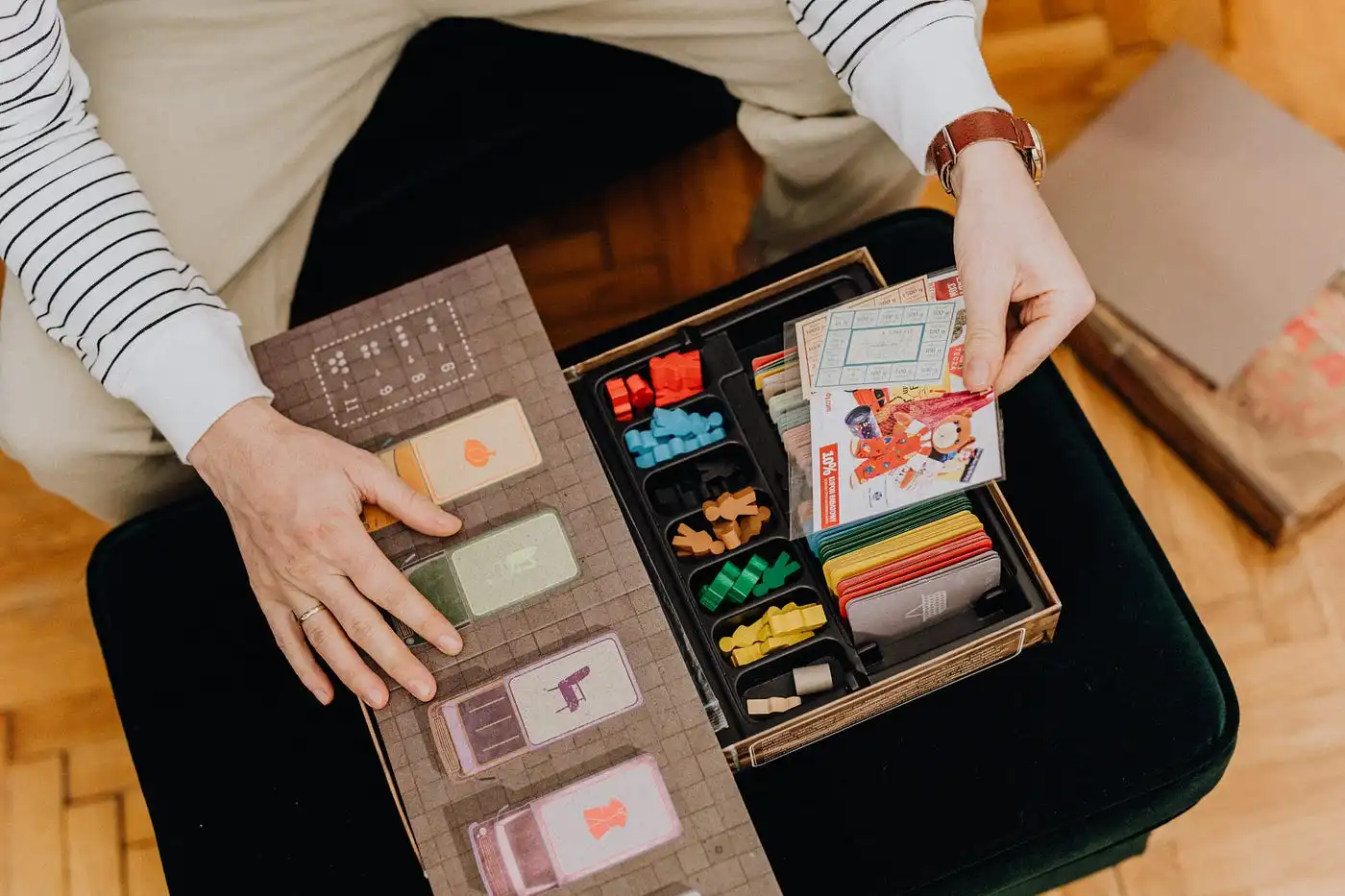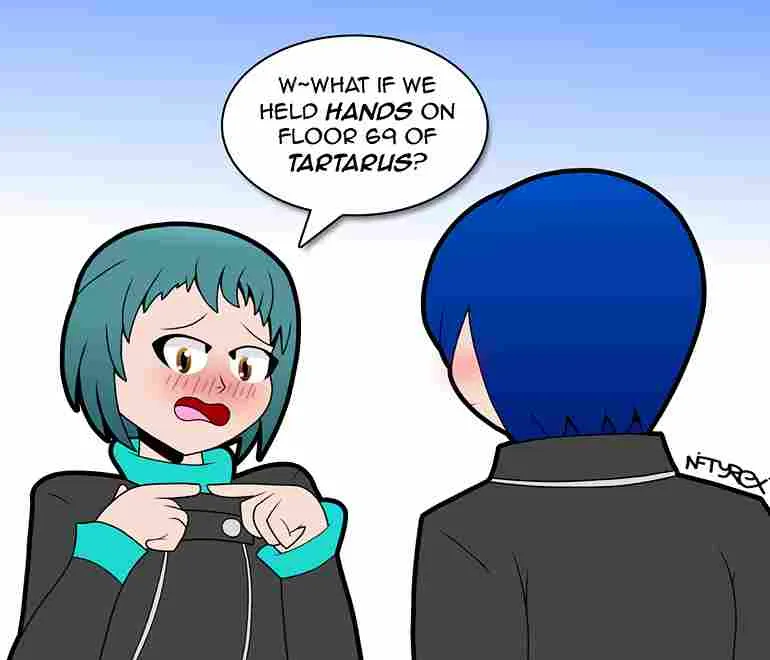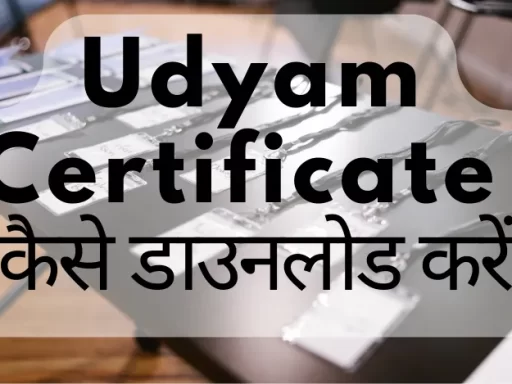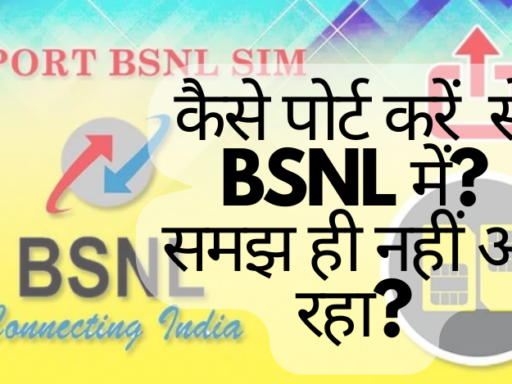Welcome to the vibrant world of Indigenous North American stickball—a game that has not only stood the test of time but has also evolved into a modern-day spectacle! From its origins as sacred rituals passed down through generations, this exhilarating sport has transformed into a fiercely competitive event that brings together communities and celebrates cultural heritage. In this blog post, we will delve into the rich history of Indigenous North American stickball, explore its pre-game rituals and equipment, highlight tribal teams making their mark on the field, and discuss how this ancient tradition continues to unite people today. Get ready to discover the captivating journey of stickball from sacred beginnings to modern competitions! So grab your sticks and let’s dive in!
History
Indigenous North American stickball has a history that reaches back thousands of years, with roots deeply embedded in the cultural fabric of various tribes across the continent. This ancient game was more than just a sport—it held immense spiritual and ceremonial significance for indigenous communities.
The precise origins of stickball are difficult to pinpoint, as different tribes have their own unique interpretations and legends surrounding its creation. However, what remains clear is that this captivating game has been played by Native Americans long before European settlers arrived on these lands.
For many tribes, stickball served as a way to resolve conflicts peacefully or honor tribal heroes through competitive matches. It was also believed to strengthen bonds within the community and foster physical strength and agility among participants.
In earlier times, sticks used in stickball were often crafted from wood or animal bones, while balls were made from materials such as deerskin or stuffed cloth. These simple yet effective tools allowed players to showcase their dexterity and strategic prowess during intense matches.
As time went on and societal changes occurred, stickball evolved beyond its sacred context into organized competitions. Today, you can witness thrilling tournaments featuring teams representing different tribes who come together for friendly rivalry on the field.
Stay tuned as we delve deeper into the mesmerizing world of Indigenous North American stickball!
Pre-game rituals
Pre-game rituals play a vital role in indigenous North American stickball, adding an element of spiritual connection and preparation before the intense competition begins. These age-old traditions have been passed down through generations, embodying the deep cultural significance of the game.
In many tribes, participants engage in purification ceremonies before playing stickball. This involves smudging with sacred herbs or tobacco to cleanse their mind, body, and spirit. The smoke is believed to carry prayers to the Creator and ensure protection during the game.
Another crucial aspect of pre-game rituals is seeking guidance from ancestral spirits. Players may participate in prayer circles or seek advice from tribal elders who possess traditional knowledge. It is believed that these rituals not only enhance physical performance but also foster unity among teammates and instill respect for opponents.
Additionally, players often adorn themselves with ceremonial paint or wear specific colors symbolizing their tribe’s identity. These visual expressions serve as a reminder of their heritage while instilling a sense of pride and belonging within each player.
Furthermore, music plays an integral part in pre-game rituals. Traditional drumming and chanting create a rhythmic atmosphere that energizes players and connects them to ancient spirits who are believed to guide them throughout the game.
Pre-game rituals in indigenous North American stickball serve as more than just preparations for physical competition; they serve as opportunities for spiritual connection, cultural preservation, teamwork building, and paying homage to ancestors who have laid the foundation for this beloved sport.
Equipment
When it comes to indigenous North American stickball game, the equipment used in this ancient game is unique and holds great significance. Unlike traditional sports where players rely on elaborate gear and specialized uniforms, stickball requires minimal equipment, showcasing its simplicity and connection to nature.
The main tool of the trade is the stick or “stickball bat,” which varies in length depending on regional traditions. Made from hickory or river cane, these sticks are handcrafted with precision by skilled artisans who understand the importance of balance and flexibility. Each stick tells a story through its intricate designs and carvings, reflecting the cultural heritage of the people who play this game.
Another essential piece of equipment is a small leather ball stuffed with deer hair or plant fibers. These balls are carefully stitched together using natural materials like sinew or animal hide thread. The size and weight of the ball can vary between tribes, but they all serve the same purpose – to be maneuvered skillfully across an open field.
In addition to sticks and balls, players often wear protective gear such as gloves or forearm guards for added safety during intense gameplay. However, many choose to play without any protective accessories as a testament to their bravery and dedication.
The simplicity of Indigenous North American stickball‘s equipment highlights its deep-rooted connection to nature while emphasizing skill over material possessions. It reminds us that sometimes all you need is a humble stick and ball to engage in timeless competition that transcends generations!
Tribal teams
Tribal teams play a significant role in the world of Indigenous North American stickball. These teams are made up of players who represent their respective tribes and communities, showcasing their skills and competing against other tribal teams.
Each tribal team has its own unique identity, often characterized by traditional symbols, colors, and designs that reflect their cultural heritage. The team names themselves can be powerful representations of tribal pride and history. From the Cherokee Braves to the Choctaw Warriors, these names evoke a sense of unity and strength among team members.
Being part of a tribal team goes beyond just playing the game; it is about representing one’s tribe with honor and respect. Team members understand that they are not only representing themselves but also carrying the weight of their ancestors’ legacies on their shoulders.
The bond between teammates is strong, as they train together, strategize together, and support each other both on and off the field. Tribal teams often become like families, fostering lifelong friendships and connections within the community.
Moreover, these teams serve as ambassadors for Indigenous culture. Through stickball competitions and events, they have opportunities to share their traditions with people from different backgrounds. This helps to break down stereotypes while promoting understanding and appreciation for Native American culture.
In addition to competing against other tribal teams in local tournaments or intertribal matches, some tribal teams also participate in national or international stickball competitions. These events bring together players from various tribes across North America for friendly yet fiercely competitive games.
Tribal teams play an integral role in preserving Indigenous North American stickball traditions while adapting them to modern times. They embody the resilience of native peoples while celebrating cultural diversity through sportmanship.
Cultural Relevance: Dismantling Obstacles and Bringing People Together
Indigenous North American stickball is not just a game, but an important cultural tradition that has the power to bring people together and bridge divides. The sport serves as a means of dismantling obstacles and fostering unity among different tribes and communities.
Through stickball competitions, indigenous peoples from various backgrounds have the opportunity to come together, interact, and learn from one another. This helps break down barriers and build understanding between diverse cultures.
The game itself promotes teamwork, communication, and respect for both opponents and teammates. These values are deeply rooted in indigenous traditions and continue to be passed down through generations.
Furthermore, stickball competitions often feature pre-game ceremonies that honor ancestral spirits and invoke blessings for safe play. These rituals connect players to their heritage while also highlighting the spiritual significance of the game.
In addition to promoting cultural unity, stickball also provides economic opportunities for many tribal communities. Tournaments attract visitors who support local businesses such as food vendors or artisans selling traditional crafts. This boosts local economies while preserving cultural practices.
Indigenous North American stickball goes beyond being just a sport; it serves as a powerful tool for dismantling obstacles between tribes by creating spaces where shared culture can flourish. Through this ancient tradition turned modern competition, people are brought together in celebration of their rich heritage – proving that sports have the incredible ability to unite us all!
Customs-related changes
Customs-related changes in indigenous North American stickball have played a significant role in the evolution of the sport. As time has passed, certain practices and traditions associated with stickball have undergone transformations, reflecting the dynamic nature of Indigenous culture.
One notable change is the shift from solely ceremonial play to more competitive matches. Stickball was traditionally played as a sacred ritual, with spiritual significance attached to each game. However, over time, it has also become a popular competitive sport among tribal communities.
Another custom that has evolved is the inclusion of women in stickball games. Historically, stickball was exclusively played by men within Native American tribes. Today, many tribes have embraced inclusivity and allow women to participate in both recreational and official tournaments.
Additionally, modern technology has influenced customs surrounding stickball. The use of video replays and scoreboards adds excitement and accuracy to games, enhancing players’ experiences while maintaining respect for tradition.
Furthermore, some tribes have introduced rule modifications tailored to their cultural beliefs or regional differences. These adjustments ensure that stickball continues to honor ancestral traditions while accommodating contemporary preferences.
In conclusion (as requested), customs related to indigenous North American stickball are not stagnant; they adapt alongside changing times while preserving cultural heritage. These changes reflect a deep commitment by Indigenous communities to maintain their identities while embracing new opportunities for growth and connection through this unique sport.
Sport activities
Sport activities have always been an integral part of Indigenous North American culture. From hunting and fishing to running and wrestling, physical prowess has long been celebrated within these communities. Stickball is one sport that holds a special place in the hearts of many Native Americans.
Rooted in ancient traditions, stickball was originally played as a sacred ritual by tribes across the continent. However, over time it evolved into a competitive game that brought communities together for friendly matches and tournaments.
Today, stickball competitions are held regularly between tribal teams, showcasing their skills and athleticism. These events not only provide entertainment but also foster a sense of pride and unity among participants and spectators alike.
In addition to traditional stickball games, modern adaptations have emerged in response to changing times. Some Indigenous communities now organize video game tournaments where players can compete virtually against each other using digital representations of stickball.
Local parks also play an important role in promoting sport activities related to indigenous North American stickball. Many tribes construct dedicated fields where community members can come together to practice their skills or engage in casual matches with friends and family.
At its core, stickball is about more than just competition – it embodies cultural values such as teamwork, respect for elders, and spiritual connection with the land. It serves as a reminder of Indigenous heritage while embracing new forms of expression that resonate with younger generations.
By perpetuating this beloved tradition through sport activities like stickball competitions, video game tournaments, and community gatherings at local parks, Indigenous North Americans continue to preserve their rich cultural identity while adapting to the demands of modern life.
Introduction
Indigenous North American stickball, a traditional game with deep historical roots, has captivated people for centuries. This ancient sport holds immense cultural significance and continues to evolve in modern times. From its origins as sacred rituals performed by Native American tribes to its transformation into organized competitions, stickball has become a beloved tradition that showcases the strength and unity of indigenous communities.
The game of stickball is not just a mere pastime; it serves as a symbol of ancestral heritage, resilience, and community bonding. Passed down through generations, this thrilling sport brings together players from various tribes who display their skills on the field with passion and determination.
Today, stickball enthusiasts can witness this exhilarating spectacle at local parks and annual tournaments where teams compete fiercely for victory. The sight of players maneuvering swiftly across the field while wielding long sticks evokes awe and admiration among spectators.
As we delve deeper into the world of indigenous North American stickball, we will explore its fascinating history, pre-game rituals that add spiritual elements to the game, essential equipment used by players throughout the years, tribal teams that showcase diverse talents within indigenous communities, and how this sport promotes cultural relevance by breaking down barriers between different groups.
Intrigued yet? Let’s embark on an exciting journey through time to uncover the evolution of indigenous North American stickball!
How Indigenous North American stickball came to be
How Indigenous North American stickball came to be is a fascinating story that traces back centuries. The game originated as a sacred ritual, deeply rooted in the cultural and spiritual practices of Indigenous tribes across North America. It served as a way to honor ancestors, connect with nature, and maintain tribal unity.
In its early days, stickball was more than just a sport – it was a reflection of life itself. Tribal members would come together for elaborate pre-game rituals that included prayers, songs, and dances. These ceremonies were meant to invoke blessings from the spirits and ensure victory on the field.
The equipment used in stickball has evolved over time but remains true to its traditional roots. Originally, players used wooden sticks with small nets attached at one end to catch and throw the ball made of animal hide or deerskin. Today’s modern version incorporates synthetic materials for durability but still retains the essence of its ancestral origins.
Tribal teams are an integral part of Indigenous North American stickball culture. Each team represents their respective tribe and carries the pride and history associated with their heritage. Competitions between tribes are not only about winning; they serve as opportunities for community bonding, storytelling, and passing down traditions from one generation to another.
One notable aspect of Indigenous North American stickball is its cultural relevance in dismantling obstacles and bringing people together across different communities. By actively participating in this ancient tradition turned sport activity today, individuals from various backgrounds can foster understanding, respect diversity while celebrating shared values.
Over time there have been customs-related changes within indigenous north american stickball based on specific tribal practices such as rules variations or adaptations unique styles that reflect individual cultures’ nuances during gameplay further emphasizing diversity amongst tribes playing this beautiful game which holds deep historical significance significant
Indigenous North American Stickball has seen tremendous growth in recent years due to increased awareness through media coverage traditional tournaments expanding beyond reservation boundaries into larger arenas where enthusiasts gather celebrate both athletic prowess rich cultural heritage Indigenous North American Stickball embodies.
Tools and video games
Tools and video games have played a significant role in shaping the evolution of Indigenous North American stickball. In the past, tribes would use traditional tools like carved wooden sticks and animal hide balls to play this sacred game. These tools were not just objects; they held cultural and spiritual significance.
But as time progressed, modern technology has made its way into the world of stickball. Today, many players utilize video games as a means to hone their skills and learn new strategies. Virtual stickball simulations allow players to practice different scenarios and improve their gameplay without the need for physical equipment.
While video games may seem like an unlikely addition to such a traditional sport, they provide an opportunity for individuals from different communities to connect and share knowledge. Online multiplayer features allow players from various tribes to compete against one another virtually, fostering friendly competition and building relationships that extend beyond tribal boundaries.
The inclusion of tools like video games in Indigenous North American stickball demonstrates how traditions can adapt while still honoring their roots. It shows that cultural practices are not stagnant but rather dynamic entities that evolve with society’s changing landscape.
By embracing technological advancements alongside traditional methods, Indigenous communities ensure that this ancient sport continues to thrive while bridging generational gaps and preserving cultural heritage for future generations. The integration of modern tools with age-old customs adds another layer of depth to the game, making it more accessible and appealing in today’s digital world.
In conclusion (as per instructions), the incorporation of tools such as video games has undoubtedly transformed Indigenous North American stickball by providing new avenues for learning, connection, and growth within tribal communities across North America
Local parks
When it comes to Indigenous North American stickball, local parks play a crucial role in keeping the game alive and thriving. These parks serve as a gathering place for players of all ages to come together and showcase their skills.
In these parks, you can witness the excitement and camaraderie that surrounds the sport. As teams from different tribes compete against each other, spectators cheer on their favorite players with unwavering support. The atmosphere is electric, filled with laughter, cheers, and the sound of sticks colliding.
One of the reasons why local parks are so important is because they provide a safe space for community members to connect with one another. In these spaces, bonds are formed not only through the love of stickball but also through shared experiences and cultural heritage.
The energy in these parks is infectious – you can feel it in every beat of your heart. It’s an opportunity to celebrate Indigenous culture while fostering unity within tribal communities across North America.
Additionally, local parks often host stickball tournaments and events throughout the year. These gatherings bring together teams from various regions, allowing them to showcase their skills on a larger platform. Players get an opportunity to learn from one another, develop new strategies, and push themselves beyond their limits.
Moreover, local parks offer more than just a venue for playing stickball; they are also spaces where traditions are upheld and passed down through generations. Elders share stories about the history of stickball while teaching younger players valuable lessons about respect for oneself and others.
As modern-day competitions continue to evolve alongside traditional rituals rooted in indigenous cultures, local parks remain instrumental in preserving this rich sporting heritage. They provide not only physical grounds where intense matches unfold but also spiritual sanctuaries where ancient customs thrive.
So next time you find yourself at a nearby park hosting an Indigenous North American stickball event or practice session – take a moment to appreciate the significance it holds. It is in these spaces that the spirit
What the game is primarily about
What the game of Indigenous North American stickball is primarily about goes far beyond just a simple competition. It encompasses the rich cultural traditions and values of Indigenous communities, serving as a powerful symbol of unity, strength, and resilience.
At its core, stickball is not merely a sport but a sacred ritual with deep spiritual significance. It reflects the connection between players and their ancestors, emphasizing teamwork and collaboration rather than individual achievement. The game teaches important life lessons such as respect for elders, discipline, and perseverance.
The objective of stickball may seem straightforward – to score goals by hitting a ball into the opposing team’s goalpost – but there are many complexities involved. Players must navigate through obstacles both physical and mental while demonstrating agility, strategy, and quick thinking.
Beyond the physical aspect lies an even greater purpose: fostering community bonds. Stickball brings people together from different tribes and nations to celebrate their shared heritage. It serves as a platform for cultural exchange where participants learn from one another’s customs, languages, stories, songs, dances – bridging gaps that centuries of colonization have created.
Through stickball competitions held across North America today – whether in local parks or on professional fields – Indigenous communities continue to honor their history while embracing modern adaptations of the game. The spirit remains intact; however now it reaches wider audiences who can appreciate its profound cultural significance.
In conclusion (as per instructions), Indigenous North American stickball embodies so much more than just athletic prowess or winning titles; it represents resilience in preserving ancient traditions against all odds while providing valuable opportunities for cultural sharing and understanding among diverse communities.
The Most Popular Queries
Want to learn more about indigenous North American stickball? You’re not alone! Here are some of the most popular queries people have about this fascinating sport:
1. What is indigenous North American stickball?
Indigenous North American stickball is a traditional Native American game that dates back centuries. It involves two teams competing to score goals by using sticks to throw and catch a small ball.
2. Is indigenous North American stickball still played today?
Absolutely! While it may have evolved over time, indigenous North American stickball is still very much alive and thriving in many Native communities across the continent.
3. How do you play indigenous North American stickball?
The rules can vary slightly between tribes, but generally, the objective of the game remains the same – get the ball into your opponent’s goal while avoiding being tackled or having your stick knocked out of your hands.
4. Are there any professional leagues or competitions for indigenous North American stickball?
While there isn’t a mainstream professional league like in other sports, there are various tribal tournaments and events where teams from different communities come together to compete.
5. What makes indigenous North American stickball culturally significant?
Stickball holds deep cultural significance for many Indigenous communities as it connects them with their ancestors’ traditions and serves as a way to honor their heritage.
6. Can anyone participate in playing indigenous North American stickball?
Yes! Stickball welcomes players of all ages and backgrounds who want to learn about and engage with this rich cultural tradition.
So if you’re curious about exploring an ancient sport that has stood the test of time, look no further than Indigenous North American Stickball.
Conclusion
In the ever-evolving world of sports, Indigenous North American stickball stands as a testament to the rich cultural heritage and resilience of Native peoples. From its sacred origins rooted in ancient rituals to modern-day competitions, this game has not only survived but thrived over centuries.
Through pre-game rituals that honor ancestors and promote unity among players, stickball remains deeply connected to tribal traditions. The use of traditional equipment such as wooden sticks and woven ball adds an authentic touch to the game, keeping alive the spirit of ancient times.
Tribal teams across North America continue to compete fiercely on both local and national levels. These teams represent their communities with pride while showcasing their skills and athleticism. With each match comes a reminder of the strength, determination, and camaraderie found within Indigenous cultures.
The cultural relevance of stickball extends beyond mere sport; it serves as a means for dismantling obstacles and bringing people together. By embracing diversity and promoting inclusivity within the game, tribes foster understanding among different nations while highlighting shared values like respect, teamwork, and fair play.
Over time, customs related to stickball have adapted to contemporary circumstances without losing sight of tradition. Today’s players engage in workshops aimed at preserving knowledge about ancestral practices while incorporating new strategies into their gameplay. This blending of old and new ensures that Indigenous North American stickball continues to evolve alongside changing times.
As more individuals discover the beauty and depth behind this ancient sport through educational initiatives or video games featuring stickball gameplay elements, interest in playing grows exponentially. Local parks become bustling arenas where people from all walks of life come together to experience an authentic slice of Indigenous culture firsthand.
At its core essence, however, Indigenous North American stickball is primarily about connection – connecting past with present, connecting tribes with other tribes – creating bridges between diverse communities united by a shared love for this unique sport.
So next time you witness these awe-inspiring athletes take center stage on the playing field, take a moment to appreciate the centuries of history & tradition.


